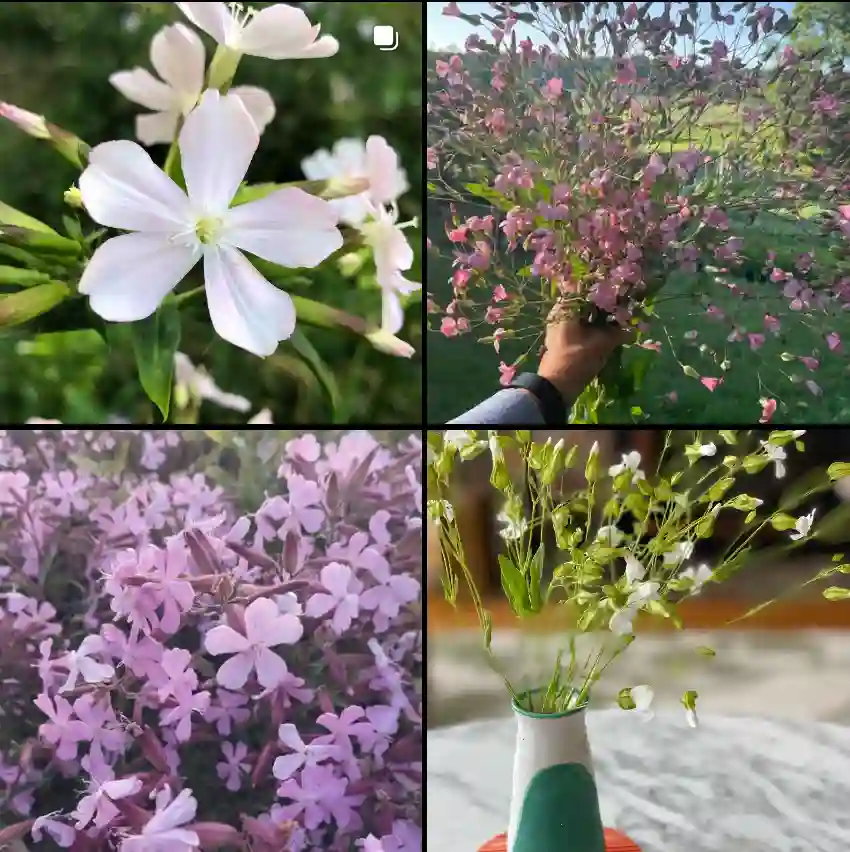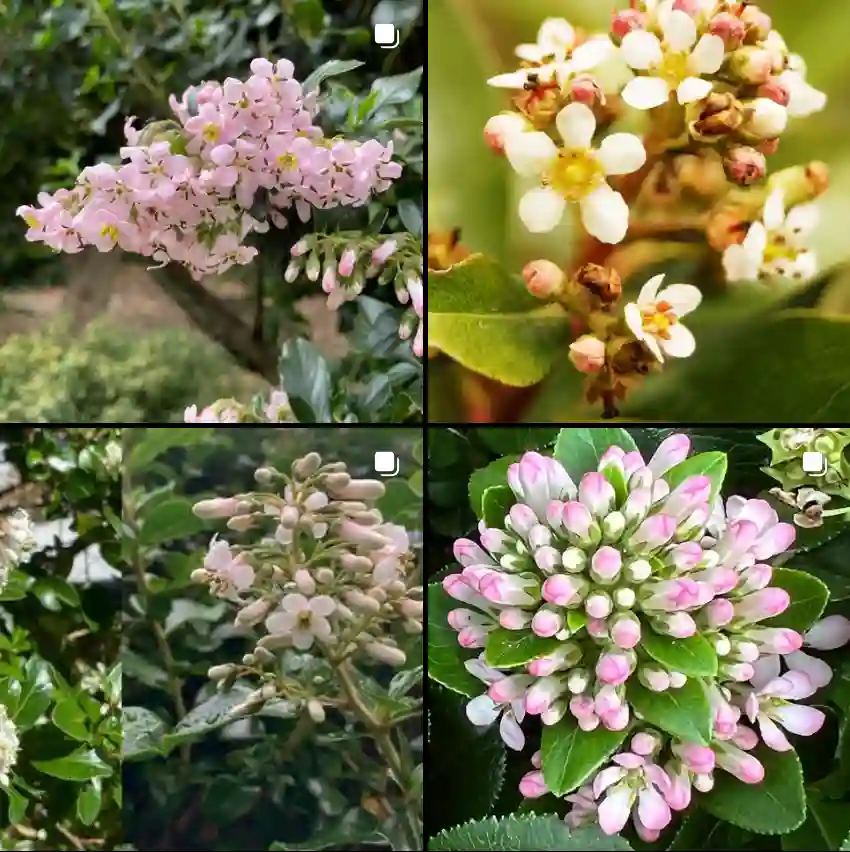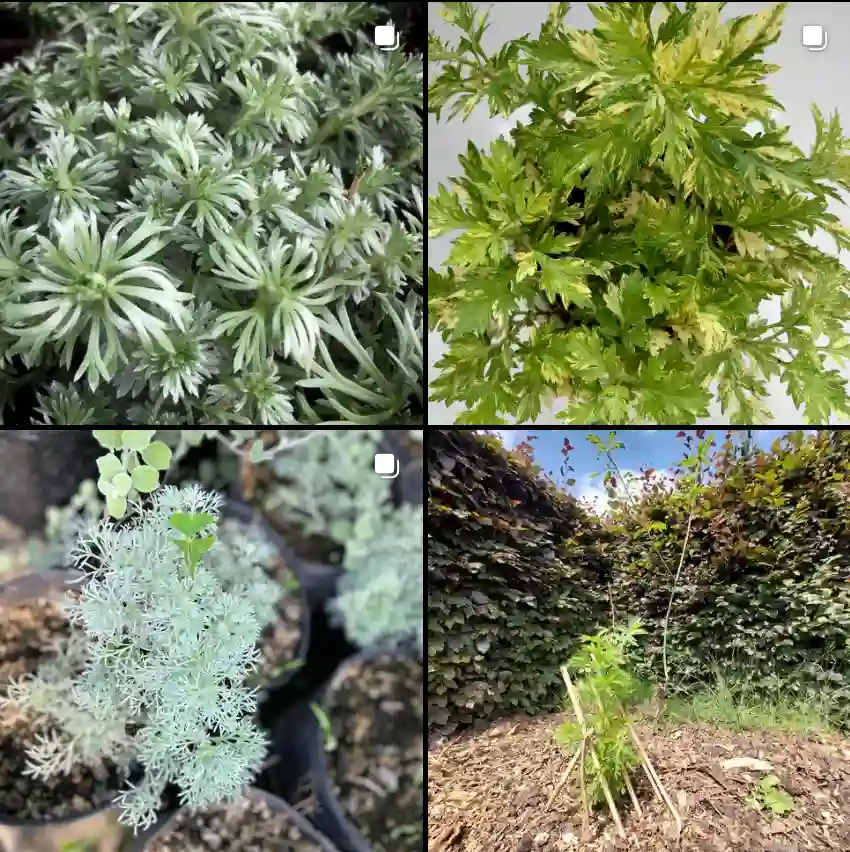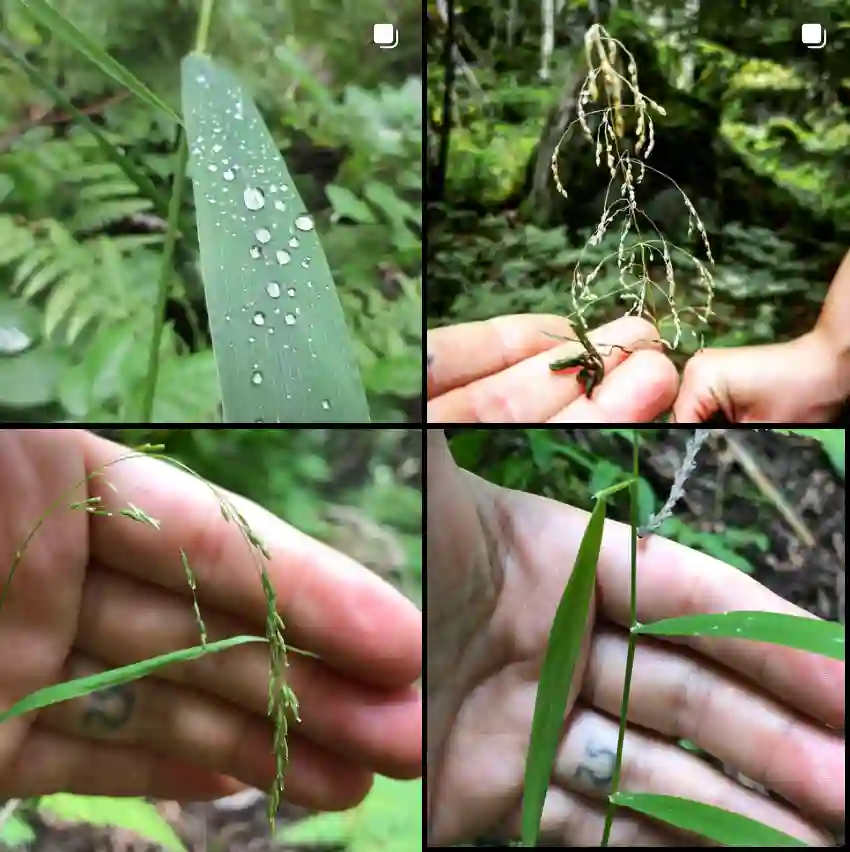My Fascination with Hydrocharitaceae: The Underwater World of Tape Grass
As an avid naturalist, I’ve always been captivated by the hidden beauty of aquatic plants. One family in particular, Hydrocharitaceae, has always held a special place in my heart. Often referred to as the “tape-grass family,” Hydrocharitaceae is a diverse group of flowering plants that thrive in a variety of aquatic environments. From freshwater streams and ponds to brackish estuaries and marine habitats, these plants play a vital role in the health and balance of aquatic ecosystems.
The Distinguishing Features of Hydrocharitaceae
What sets Hydrocharitaceae apart from other plant families is their unique adaptation to life underwater. Most species are rooted in the substrate, with long, ribbon-like leaves that sway gracefully in the current. Their flowers, often small and inconspicuous, are adapted for pollination in the water. Some species even have specialized structures for trapping and digesting small aquatic invertebrates, adding a touch of carnivory to their repertoire.
The Genera of Hydrocharitaceae: A Tapestry of Diversity
The Hydrocharitaceae family boasts a rich tapestry of genera, each with its own distinct characteristics and ecological roles. Here’s a glimpse into members:
- Elodea: Commonly known as waterweeds, Elodea species are fast-growing plants that can quickly form dense mats in still or slow-moving water. While they provide valuable habitat for fish and invertebrates, their rapid growth can also clog waterways and disrupt recreational activities. – 9 Species in Genus Elodea
- Vallisneria: Often referred to as eelgrass or tape grass, Vallisneria species are popular aquarium plants due to their attractive, ribbon-like leaves. They play an important role in stabilizing sediments and providing food and shelter for aquatic organisms. – 17 Species in Genus Vallisneria
- Hydrilla: Similar in appearance to Elodea, Hydrilla is another genus of fast-growing aquatic plants. Unfortunately, it’s also considered a noxious weed in many parts of the world due to its ability to outcompete native plants and disrupt ecosystems. – Hydrilla Verticillata in Genus Hydrilla
- Stratiotes: Known as water soldiers or water aloes, Stratiotes species are unique in their ability to float freely on the water’s surface. Their rosette of stiff, sword-shaped leaves and showy white flowers make them a striking addition to any pond or water garden.
- Thalassia: Often called turtle grass, Thalassia species are marine seagrasses that form vast underwater meadows in tropical and subtropical waters. These meadows provide critical habitat for a wide array of marine life, including fish, sea turtles, and manatees.
- Appertiella C.D.K.Cook & L.Triest
- Blyxa Noronha ex Thouars
- Enhalus Rich.
- Halophila Thouars
- Hydrocharis L.
- Lagarosiphon Harv.
- Najas L. – 39 Species in Genus Najas
- Nechamandra Planch.
- Ottelia Pers.
The Importance of Hydrocharitaceae: Guardians of Aquatic Ecosystems
The Hydrocharitaceae family plays a vital role in maintaining the health and balance of aquatic ecosystems. Their dense growth provides shelter and food for fish, invertebrates, and other aquatic organisms. They also help to oxygenate the water and stabilize sediments, preventing erosion and improving water quality. In marine environments, seagrasses like Thalassia are particularly important, serving as the foundation of entire ecosystems and supporting a rich biodiversity.
My Personal Connection to Hydrocharitaceae
As a naturalist, I’ve had the privilege of observing and studying Hydrocharitaceae in their natural habitats. From snorkeling through lush seagrass meadows in the Caribbean to exploring freshwater streams teeming with waterweeds, I’ve witnessed firsthand the beauty and ecological significance of these remarkable plants.
My fascination with Hydrocharitaceae has also led me to cultivate them in my own backyard pond. Watching Vallisneria gracefully sway in the current and observing the intricate flowers of Stratiotes emerge from the water’s surface brings me endless joy.
In conclusion, the Hydrocharitaceae family is a testament to the wonders of nature’s adaptation to aquatic life. These plants, with their diverse forms and ecological roles, are essential components of healthy aquatic ecosystems. As a naturalist, I’m committed to sharing my passion for Hydrocharitaceae and inspiring others to appreciate their beauty and importance.
If i die, water my plants!



